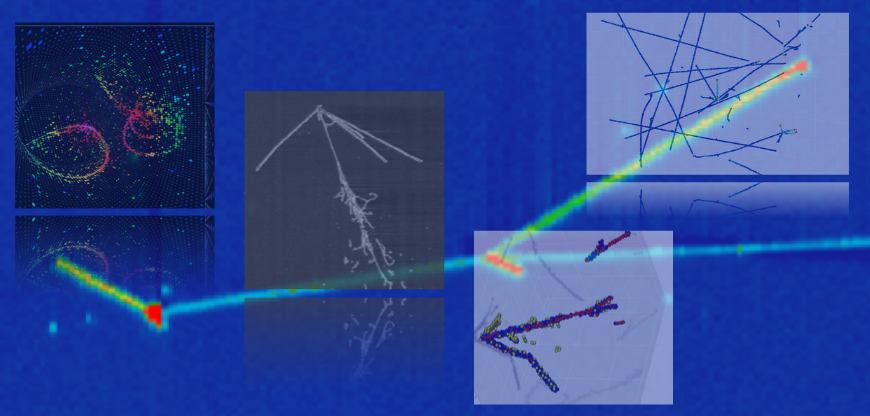Speaker
Description
The water Cherenkov detector stands as a cornerstone in numerous physics programs such as nucleon decay search and precise neutrino measurements. Over recent decades, many such detectors have achieved groundbreaking discoveries, with preparations underway for the next generation of advancements. However, like in all other experiments, accurately quantifying detector systematic uncertainties poses a significant challenge, given their intricate impacts on the observed physics. The challenge is further accentuated in upcoming experiments, where the sheer volume of data amplifies the significance of systematic uncertainties.
In a conventional physics analysis pipeline, the understanding of detector responses often relies on empirically derived assumptions, leading to separate calibrations targeting various potential effects. While this approach has yielded insights, its time-consuming nature can limit the timely implementation of analysis upgrades. Moreover, it lacks the necessary adaptability to accommodate discrepancies arising from asymptotic inputs and factorized physics processes.
Our work on the differentiable physics emulator enhances the estimations of detector systematic uncertainties and advances physics inference across all the aforementioned aspects. By developing a novel analysis pipeline based on AI/ML technique, we construct a physics-based detector model that is optimizable with calibration data. Thanks to the power of AI/ML, we can infer convoluted detector effects using a single differentiable model, informed by basic yet robust physics knowledge inputs. Furthermore, the scalability of an AI/ML model surpasses that of conventional methods, positioning it as a robust solution for experiments employing similar detection principles.
| Type of contribution | Talk: 15 minutes. |
|---|

